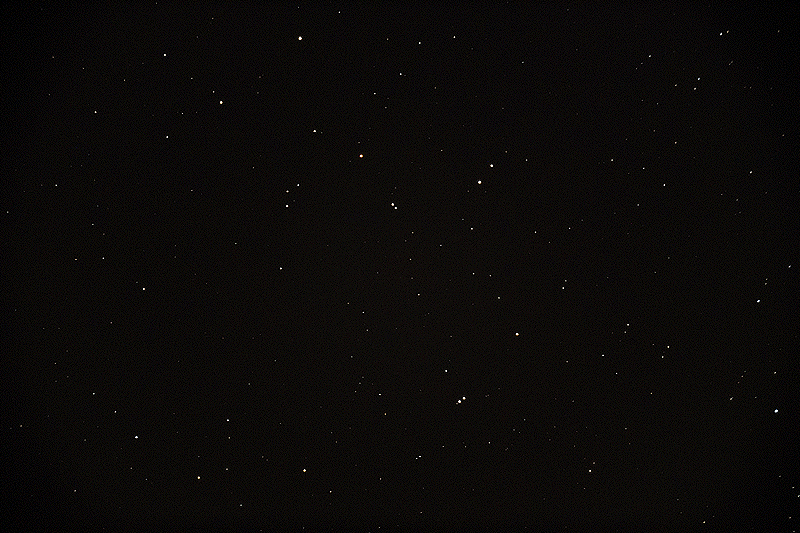Venus, Moon, NEO Asteroid 1998 OR2
Posted: 28 April 2020
|
Open: Monday, 27 April 2020, 1811 MST Temperature: 95°F |
Session: 1464 Conditions: Clear, breezy |
Equipment:
12" f/8 LX600 w/StarLock
2" 24mm UWA eyepiece
2" 9mm 100° eyepiece
Camera:
iPhone 11 Pro Max
D850 DSLR
1817 MST: LX600 ON, StarLock OFF, High Precision OFF.
Viewed Venus, 102X and 271X + Variable Polarizing Filter (VPF).
Mounted the iPhone 11 Pro Max on the 2" 9mm eyepiece using the Levenhuk adapter. Took this afocal 271X (+ VPF) image of Venus using NightCap Camera (ISO 100, 1/60sec, 1X lens). That's not an energy beam weapon from the inhabitants of Venus at the left. It is a reflection off the eyepiece glass from the bright sun that was still above the horizon.

1840 MST: viewed the Moon, 102X.
1905 MST: sunset.
1926 MST: took this handheld iPhone afocal 102X image of the Moon with the Camera app.

The breezes had calmed down now. I did some lunar observing, 271X. The area near the crater Posidonius looked very interesting, so I decided to image it with the iPhone. Mounted the iPhone on the 9mm and took this afocal 271X photo using NightCap Camera (ISO 500, 1/120sec, 1X lens).

1940 MST: last look at the Moon.
Began preparing to image Near Earth Object Asteroid (52768) 1998 OR2 using the D850 DSLR. It would be Mag. +11.0 this session as it nears its closest approach to the Earth on 29 April (which won't be visible) from Cassiopeia Observatory.
The packrat visitor was back this night beneath the POD Zenith Table. Grabbed this quick photo.

Mounted the D850 DSLR at prime focus, focused on the star Alphard, and locked the 12" primary mirror using the ScopeStuff mirror lock.
2018 MST: Wi-Fi ON.
Using SkySafari 6 Pro on the iPhone, did a GOTO Asteroid 1998 ORs.
2019 MST: StarLock ON.
I began taking 15 seconds, ISO 6400, exposures every 30 seconds. Unfortunately, strong breezes returned. I had planned to take 10 images but I was only able to get three images at intervals of 30 seconds. The others were ruined by poor autoguiding due to the poor seeing. But the movement of the asteroid is very obvious in just 30 seconds.


2031 MST: StarLock OFF, Wi-Fi OFF.
2040 MST: LX600 OFF.
|
Close: Monday, 27 April 2020, 2055 MST Temperature: 74°F |
Session Length: 2h 44m Conditions: Clear, breezy |
Comments are welcome using Email. Twitter users can use the button below to tweet this report to their followers. Thanks.
Cassiopeia Observatory Home Page
Copyright ©2020 Michael L. Weasner / mweasner@me.com
URL = http://www.weasner.com/co/Reports/2020/04/28/index.html
